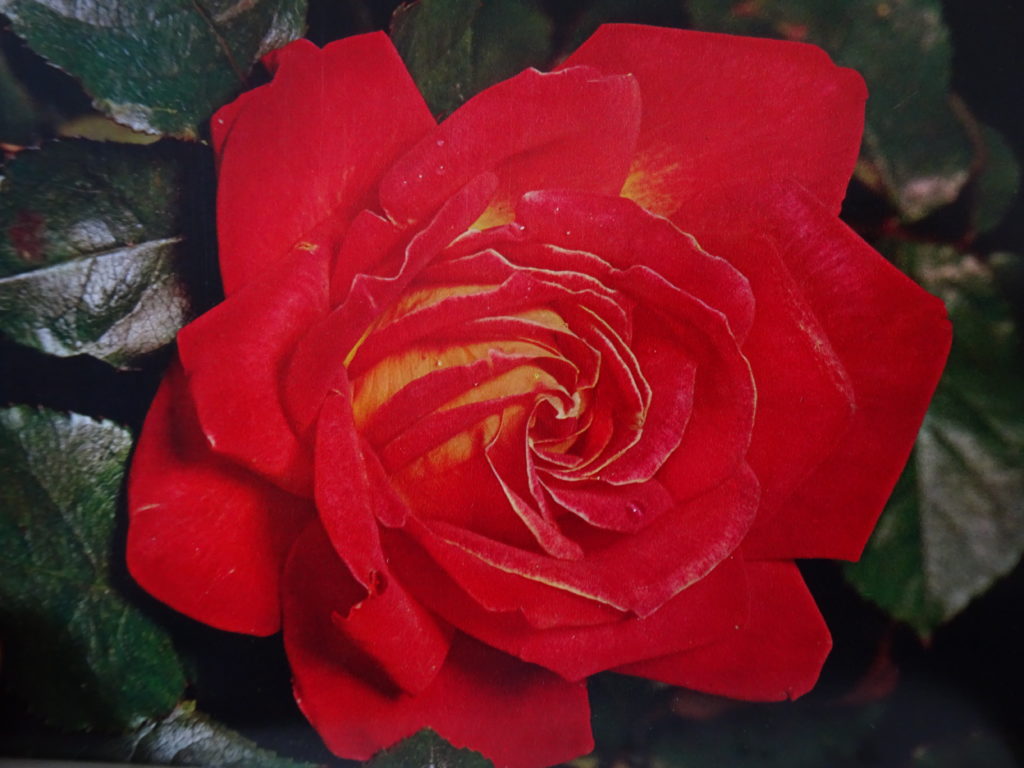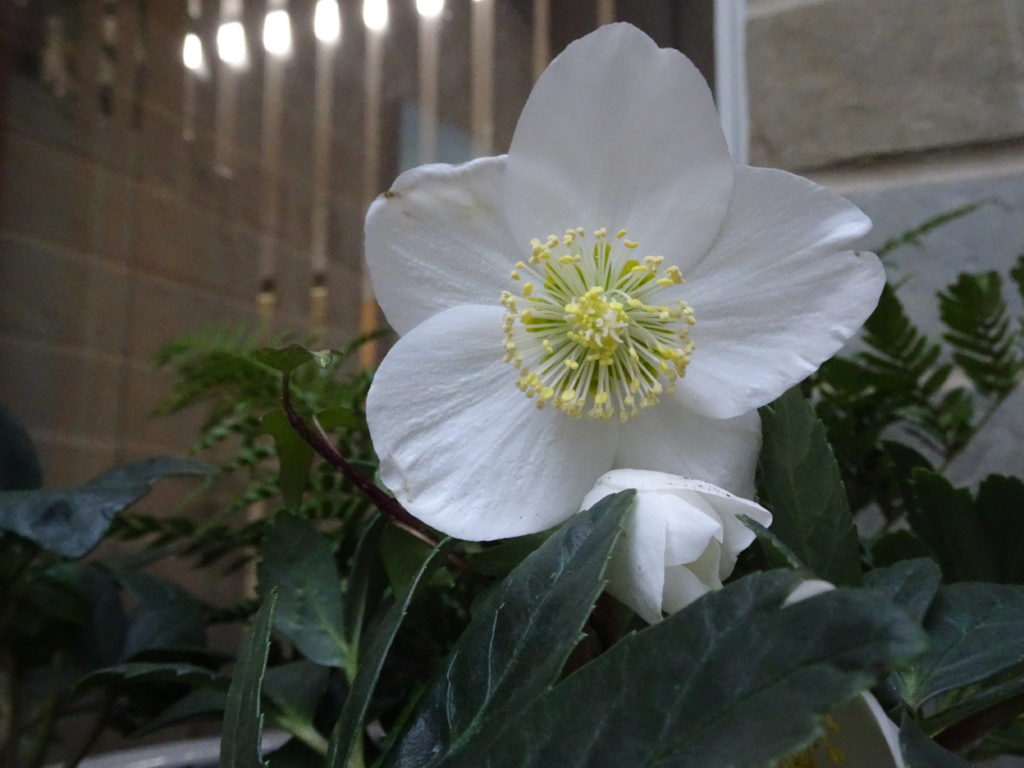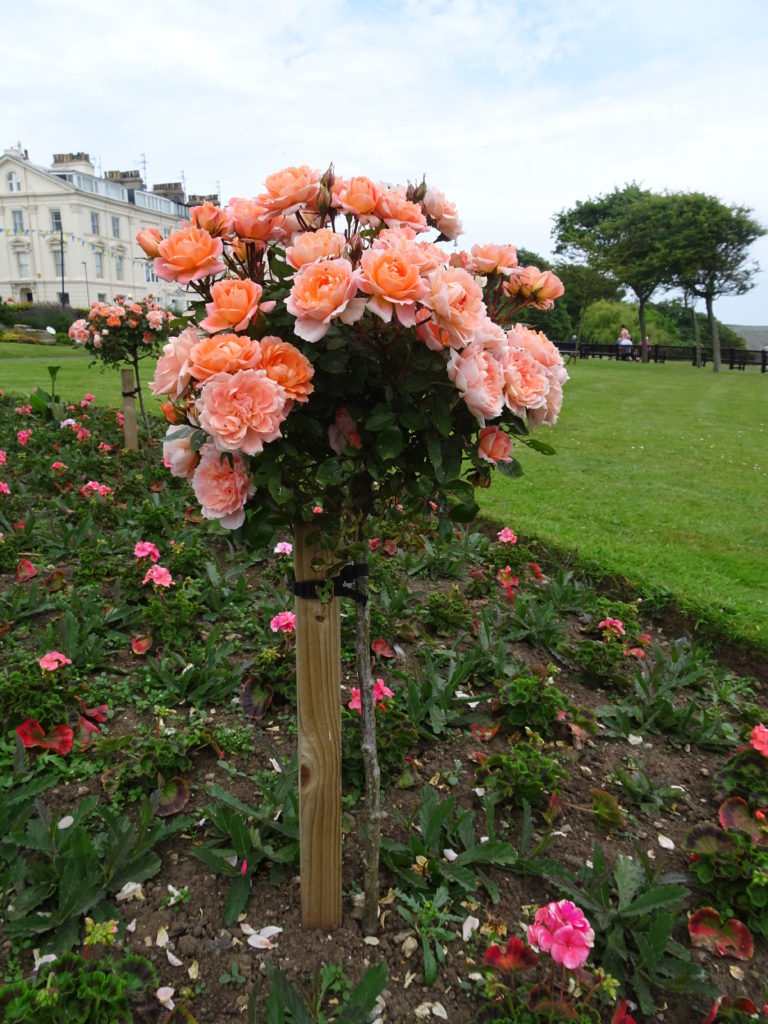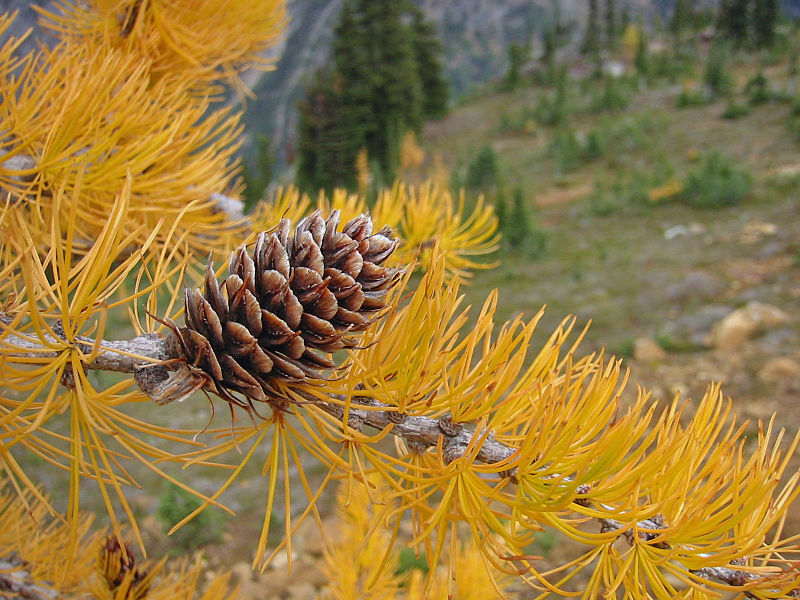Picia Perhaps? – I need to Spruce up Identification
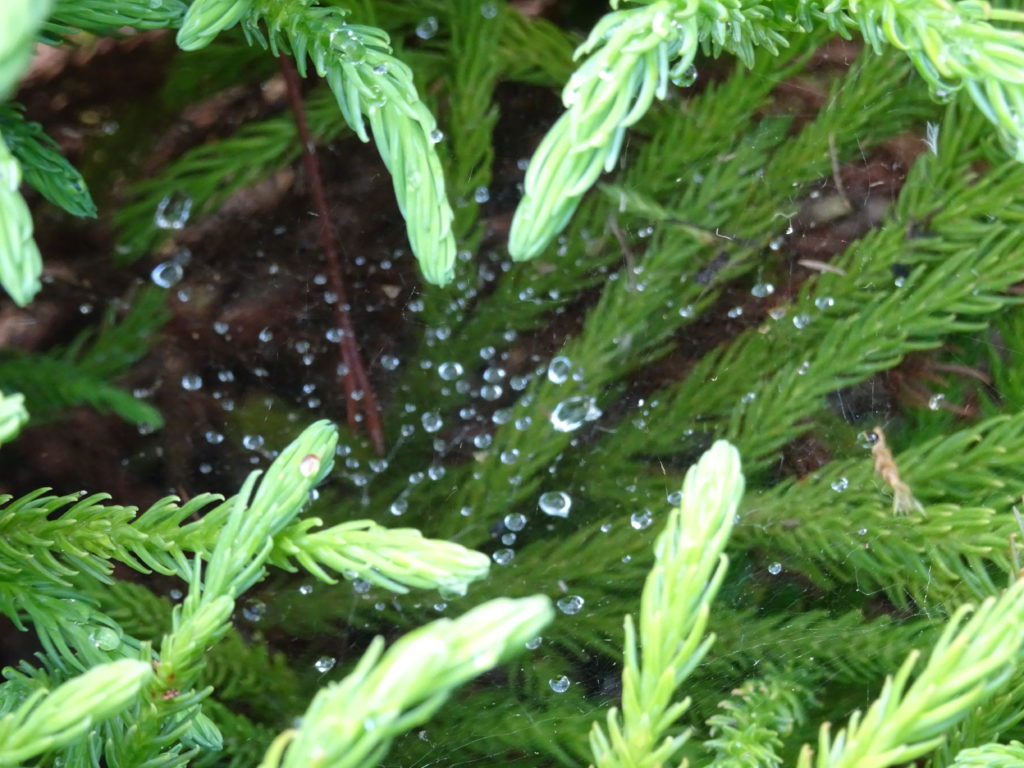 The dew on the spiders web doesn’t worry what the plant is called conifer, Picia or a more exotic variety (I have lost the label and there are many Picias to pick from). What the spider will be interested in is the type of insect attracted to the plant and thereby the web. Below is a picture of the 5 year old plant about 2′ high and a bit more in circumference. It is a well behaved plant and worth its place in the miniature conifery I am developing.
The dew on the spiders web doesn’t worry what the plant is called conifer, Picia or a more exotic variety (I have lost the label and there are many Picias to pick from). What the spider will be interested in is the type of insect attracted to the plant and thereby the web. Below is a picture of the 5 year old plant about 2′ high and a bit more in circumference. It is a well behaved plant and worth its place in the miniature conifery I am developing.
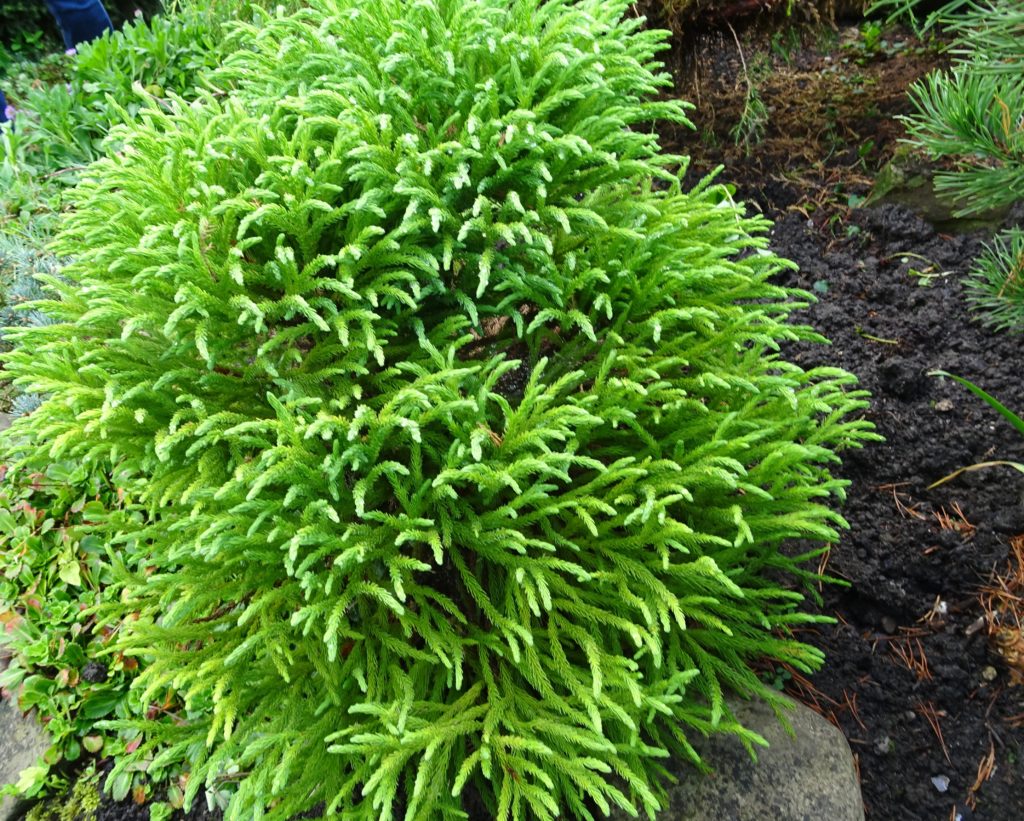
Key Features of Picea
- Latin name – Spruce and various forms of Picia
- Type of tree – Evergreen, Conifer
- Leaves – grow in a series of spirals
- Features New growth emerges as soft tassels of delicate light green
- Family – Picea is a genus of about 35 species in the pine family
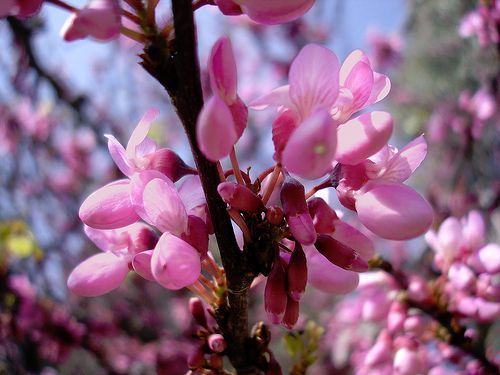
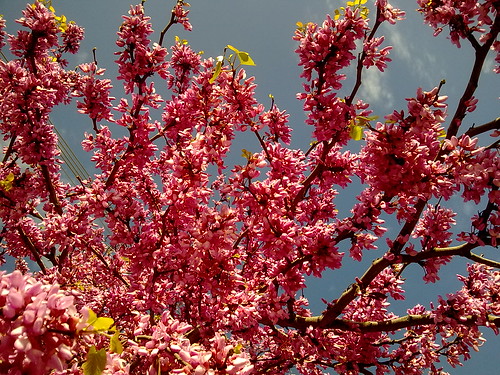
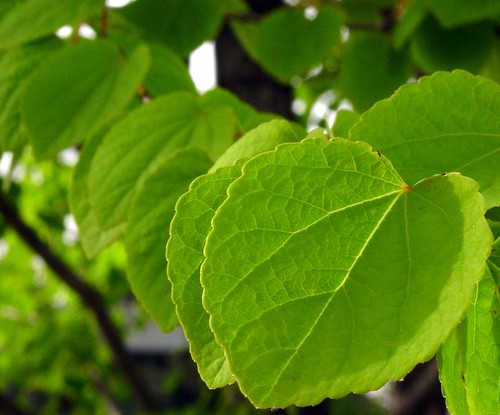
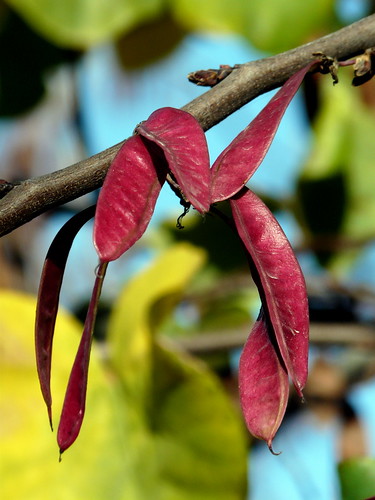
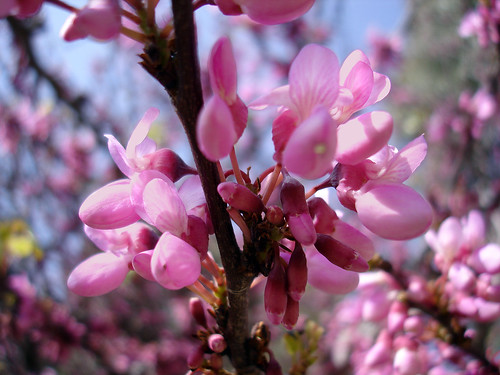
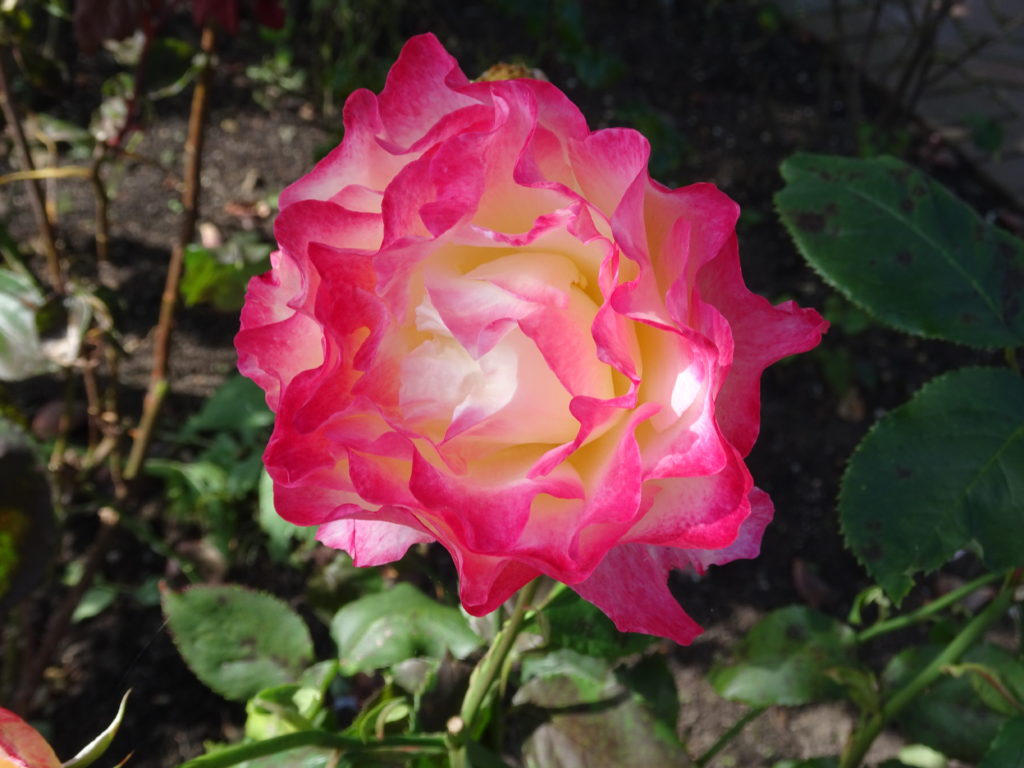 Roses can be a center of attraction in a photograph as these local garden subjects show. With the morning sun behind the photographer the intense colour shows through despite some risk of colour burn-out. However, for me it is the petal pattern and form that takes center stage.
Roses can be a center of attraction in a photograph as these local garden subjects show. With the morning sun behind the photographer the intense colour shows through despite some risk of colour burn-out. However, for me it is the petal pattern and form that takes center stage.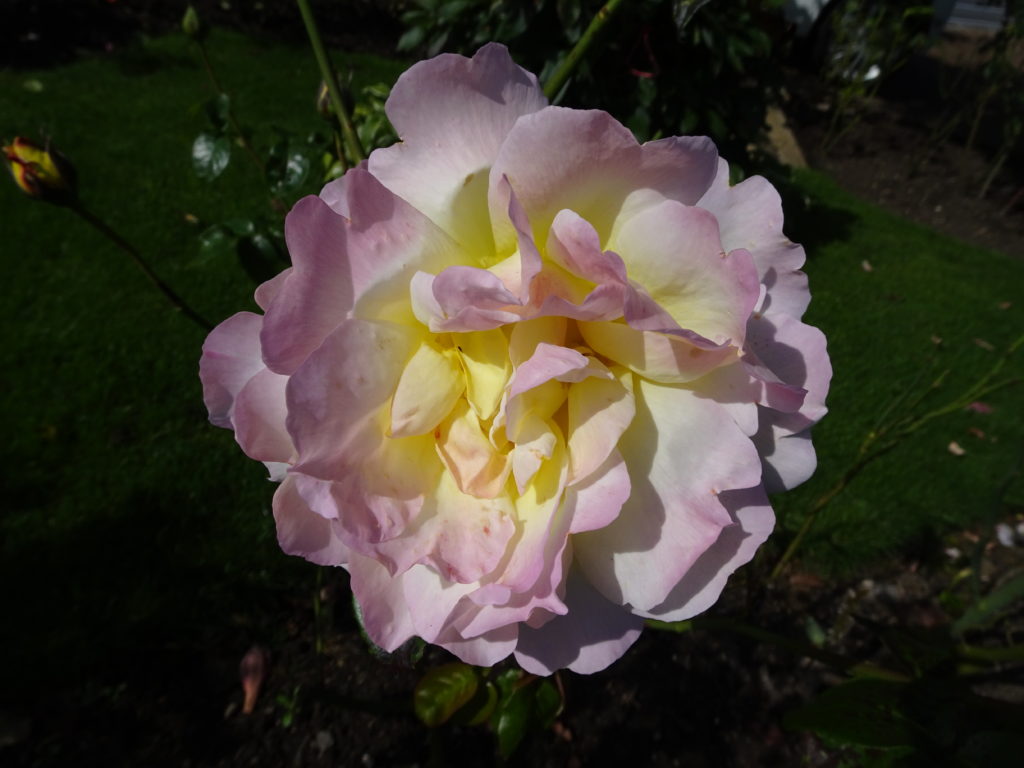 Roses can also hold your center of attention for both colour and scent in many a garden
Roses can also hold your center of attention for both colour and scent in many a garden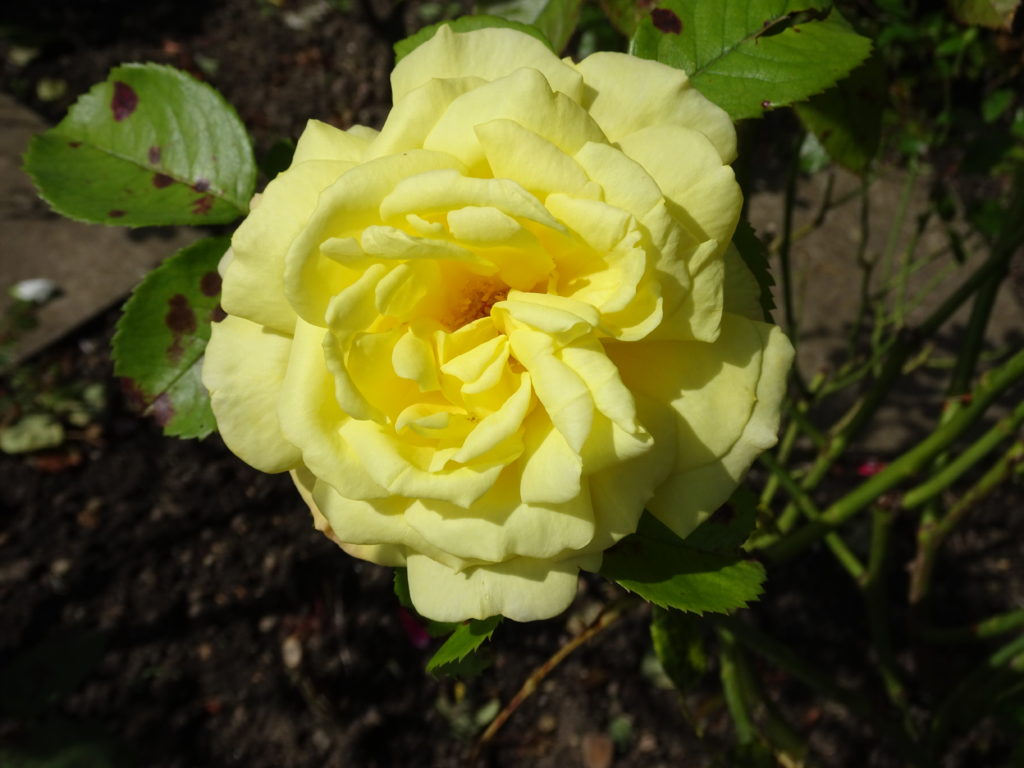 Photographs with a dark background help with the contrast and emphasise the quality of the rose flower. A shame about the black spot on the lemon sorbet.
Photographs with a dark background help with the contrast and emphasise the quality of the rose flower. A shame about the black spot on the lemon sorbet.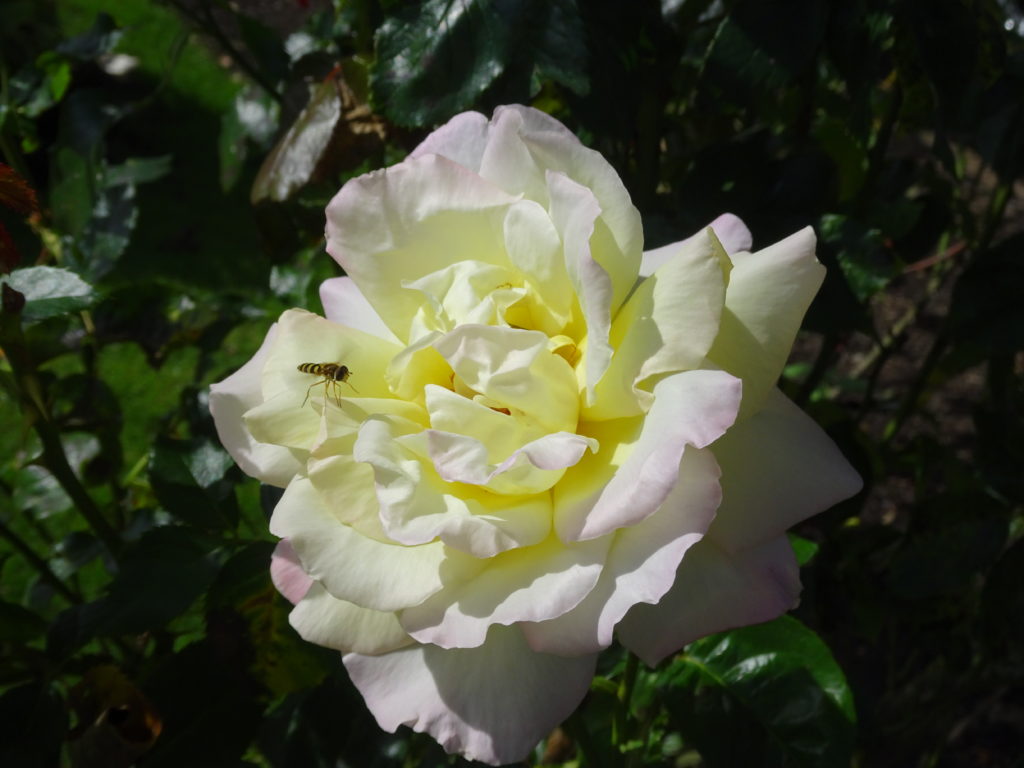 Is this a hover fly or a randomly attracted flying creature that wants the nectar or to have a rest & bask in the sunshine.
Is this a hover fly or a randomly attracted flying creature that wants the nectar or to have a rest & bask in the sunshine.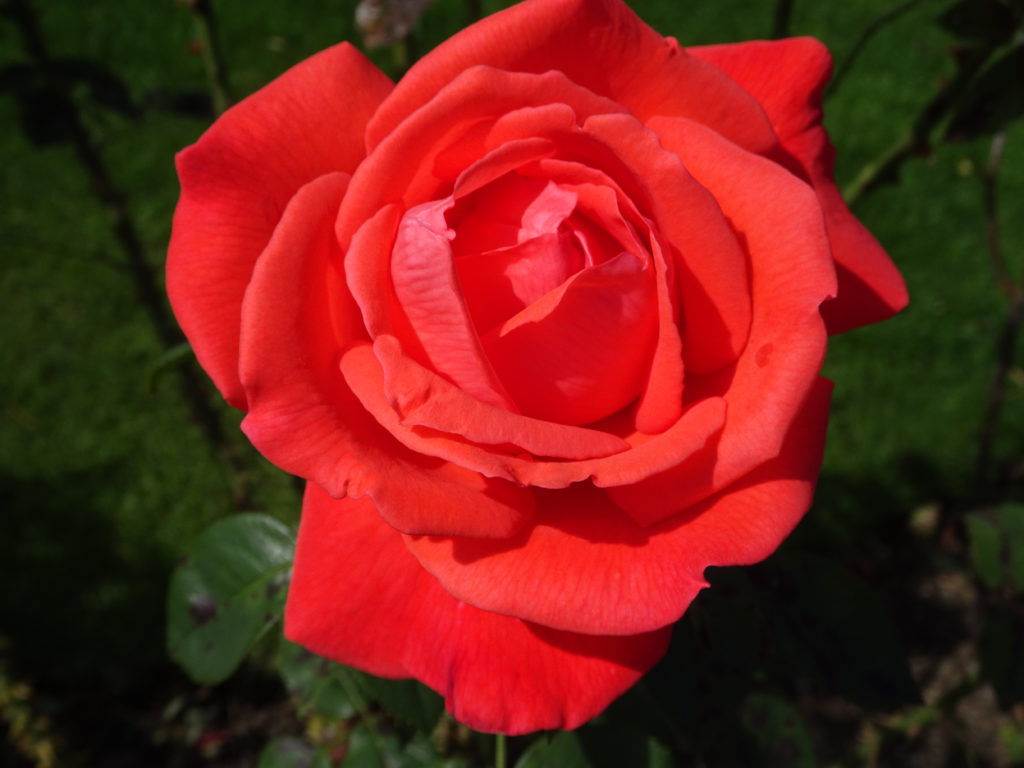
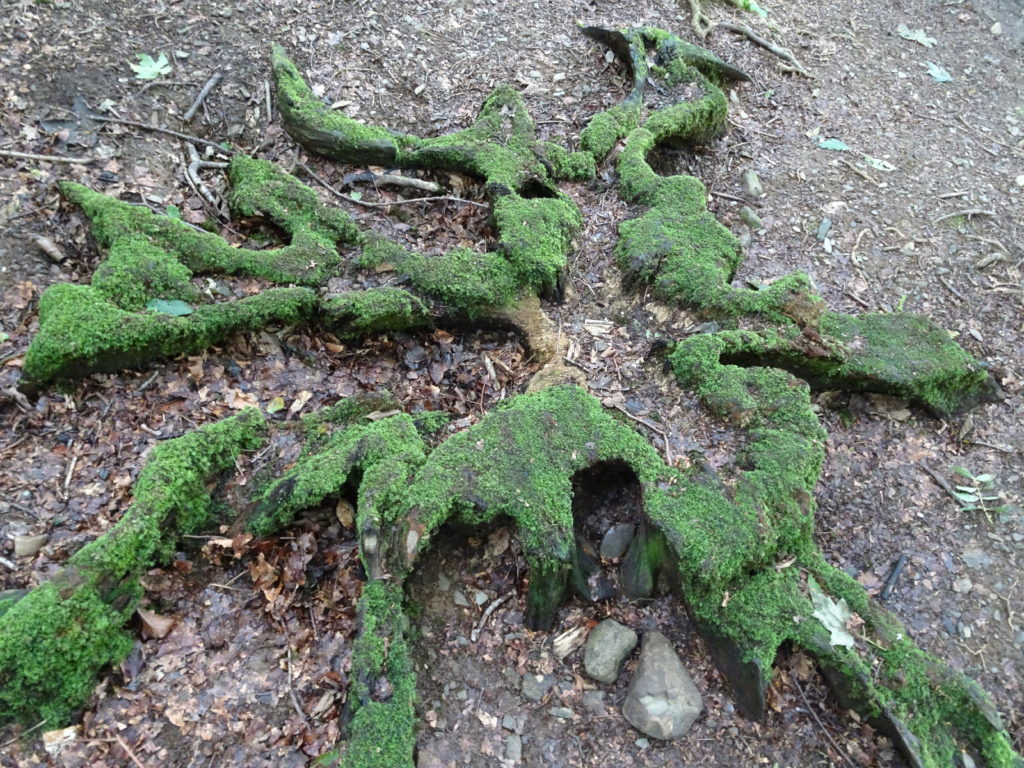
 Keswick has some grand trees in a distributed arboretum in the parks and near the river Greta. Try the tree trail in Upper Fitz Park.
Keswick has some grand trees in a distributed arboretum in the parks and near the river Greta. Try the tree trail in Upper Fitz Park.